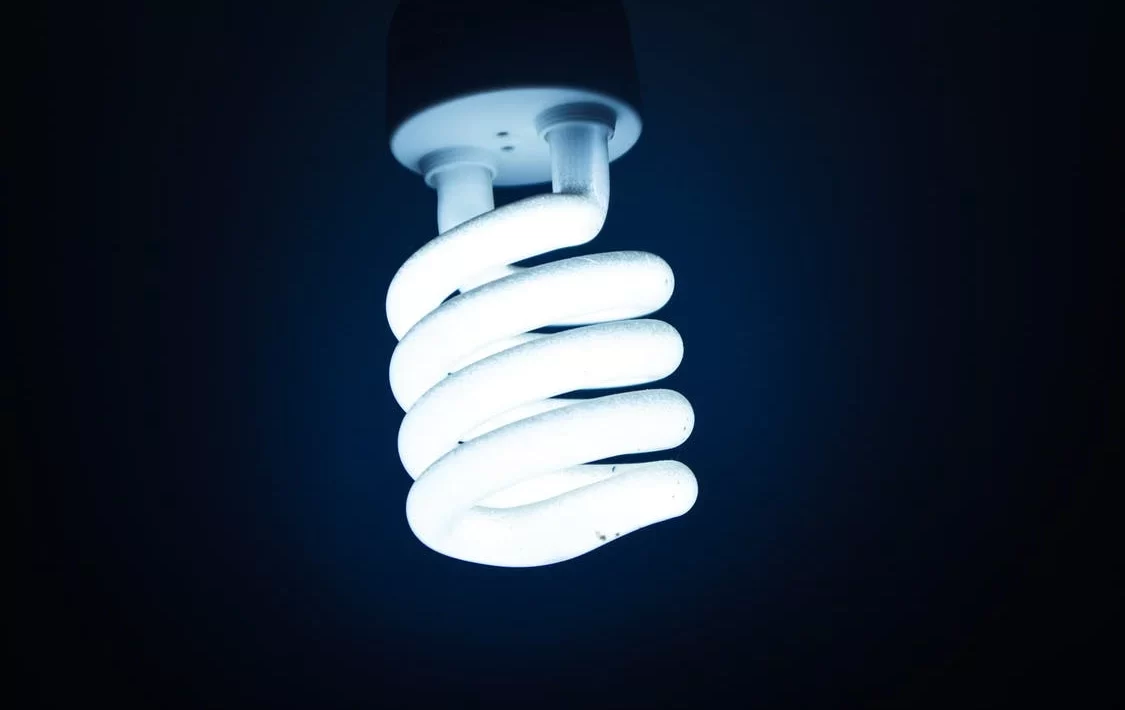Light-emitting diodes (LED) are one of today’s most energy-efficient and quickly evolving lighting technologies. Compared to other forms of lighting, high-quality LED lighting is more durable, more long-lasting, and provides superior light, which explains why they have become a favorite for commercial and domestic lighting.
LED lighting has a wide range of applications and may be employed in many different environments. These consist of commercial and industrial lighting, kitchen countertops, hidden downlights and Christmas lights. However, LED lights have both advantages and challenges.
Here are the benefits of LED lights:
- LED lighting is energy efficient
The main benefit of LED lighting is how energy-efficient it is. LED lights use a tiny fraction of the electricity to produce the same light output and quality as conventional fluorescent and incandescent bulbs. LED lighting uses up to 85% less energy than standard incandescent light bulbs and 18% less energy than typical fluorescent lamps, resulting in significant energy savings.
Lighting generation consumes a substantial portion of power globally. LED lighting reduces power costs by a small amount while also consuming less energy and saving electricity.
- LED lights last longer
LED lights last a very long time. Although usage significantly impacts LED performance, the typical LED has operational hours between 35,000 and 80,000.
In essence, this implies that the LED lights flood lights last for many years before the light begins to decrease and replacement is needed. It simply indicates that this light bulb has a much longer lifespan than conventional incandescent bulbs.
- LEDs attract fewer flies and pests
It’s not uncommon to see bugs congregate around a light source. Incandescent lighting has a history of attracting flies and pests, making it difficult to utilize them outside.
LED lights are less enticing to insects and pests. As a result, LED lighting may replace traditional outdoor light sources in many outdoor lighting applications.
- LED light bulbs are structurally sturdy
Solid-state devices, which are what the LED technology uses semiconductors and thus are known as solid-state devices. Therefore, they are sturdier than standard bulbs.
The bulb does not include a tube, filament, or glass that may shatter. As a result of its sturdiness, an LED bulb keeps functioning normally even after being dropped. On the other hand, incandescent light bulbs are not robust and the delicate glass breaks into fragments with only one slip.
Challenges of LED lighting
Given all of the benefits of LED lighting, it seems sensible to examine if there are any drawbacks.
A specific set of disadvantages are associated with LED illumination. Below are a few drawbacks to consider:
- LED light systems increase the blue hazard
For instance, the white light sources in LED systems emitted more blue light than is considered safe for human vision. The blue light produced by blue and cool white LEDs negatively impacts the human eye by causing more glare and impairing vision.
Studies have also shown that blue light damages photoreceptor cells and increases the development of age-related macular degeneration.
- LED lighting is temperature sensitive
The ambient temperature of the space in which LED operation is carried out significantly impacts the performance of LED lights. High ambient temperatures may cause the LED device to fail if used in a light fixture, bulb, or lamp. As a result, particularly in delicate applications, it may be disastrous.
- LED lighting is very voltage-sensitive
A variation from optimum tends to impact an LED fixture’s life negatively. Thus, the voltage and current of the LED fixtures should be kept at optimal functioning values. Flickering in LEDs is mainly caused by a disrupted power supply.
- LED fixtures do not allow spherical light distribution
The light from LED lights is directed in a specific direction. It only permits a small amount of divergence, in contrast to the conventional fluorescent bulbs and incandescent sources, which spread light in a spherical light field.
Advancement of LED lighting has been ongoing to exploit its advantages and effectively address its disadvantages fully. Despite their drawbacks, LED lights are widely utilized for their benefits, especially in their energy economy.
Learning the benefits and drawbacks of LED lighting will give you the knowledge to decide whether to utilize LED light sources in your homes, workplaces and other locations.





